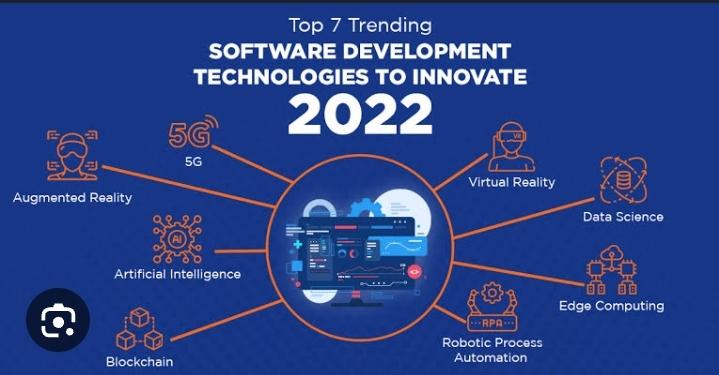Inquire
However, since you haven't specified the topic you are interested in, I'll provide a general outline of software development and its application to various topics

Software development is the process of creating, designing, testing, and maintaining computer programs and applications. It involves various stages that ensure the successful creation of software to meet specific needs and requirements. Here's a general outline of the software development process:
Requirement Gathering: Understanding the needs and expectations of the software. This involves collecting user requirements, defining project scope, and setting objectives.
Planning and Design: Creating a roadmap for the development process, defining the architecture, and planning the implementation strategy.
Implementation/Coding: Writing the actual code based on the design and following programming best practices.
Testing: Conducting various tests to identify and fix bugs, ensuring the software functions as expected.
Deployment: Releasing the software for use in a production environment.
Maintenance and Updates: Continuously improving and updating the software to address issues, add new features, and keep it up-to-date.
Application of Software Development to Different Topics:
Software development is a versatile field and can be applied to various topics and industries. Here are some examples:
Web Development: Creating websites and web applications to provide information, services, or e-commerce platforms.
Mobile App Development: Designing and building applications for mobile devices, such as smartphones and tablets.
Game Development: Developing interactive video games for different platforms and genres.
Data Science and Analytics: Building software for data analysis, visualization, and machine learning.
Healthcare Software: Creating applications for electronic health records, medical imaging, and patient management.
Financial Software: Developing software for banking, accounting, and financial analysis.
IoT (Internet of Things) Development: Building software to control and manage interconnected smart devices.
Artificial Intelligence and Machine Learning: Creating AI-driven applications and systems that can learn and adapt.
E-commerce Solutions: Designing software for online shopping platforms and payment gateways.
Educational Software: Building applications for e-learning, educational games, and student management.
These are just a few examples, and software development can be applied to virtually any topic or industry where there is a need for computer programs or applications to solve problems, enhance efficiency, or deliver services. Each topic may have specific requirements and considerations that need to be addressed during the software development process.

- Managerial Effectiveness!
- Future and Predictions
- Motivatinal / Inspiring
- Other
- Entrepreneurship
- Mentoring & Guidance
- Marketing
- Networking
- HR & Recruiting
- Literature
- Shopping
- Career Management & Advancement


 SkillClick
SkillClick